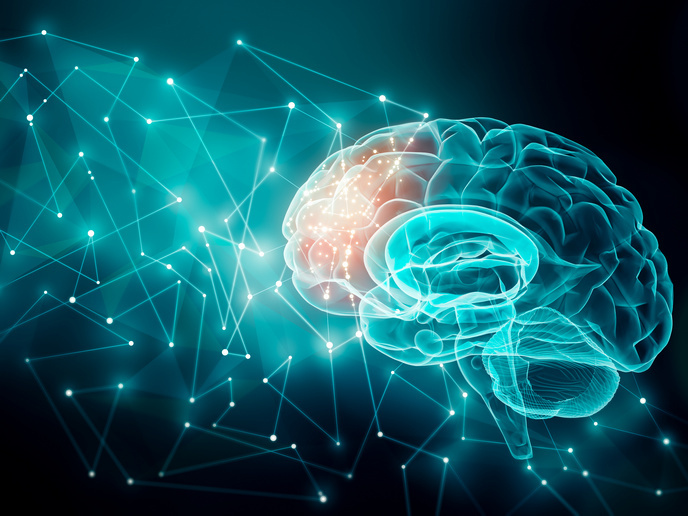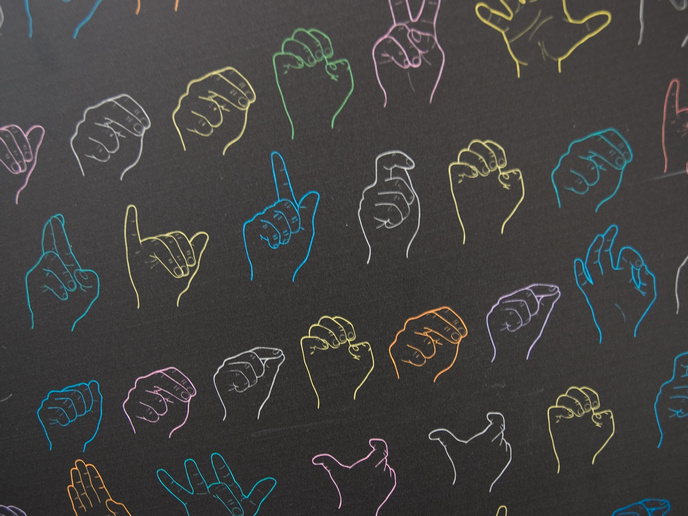Smartphone app monitors jaundice in newborns
A smartphone app that estimates bilirubin levels from digital images is able to identify jaundice in newborn babies, providing an important low-cost screening tool for neonatal jaundice. The patented technology developed under the Picterus project combines optical imaging and photonics with machine learning algorithms to analyse pictures taken on a smartphone to provide a remote diagnosis. “Jaundice is caused by bilirubin, so we measure bilirubin through these images,” explains Anders Aune, co-founder and chief medical officer of Picterus AS(opens in new window) in Norway. “Bilirubin molecules are in the skin of every newborn, regardless of skin type. We are looking for the specific yellow skin colouring that represents the higher bilirubin values.” “It provides immediate results, users get back an estimated number which reflects the bilirubin level from the baby’s skin tone,” says Aune, a paediatrician. “It is a screening tool. So, if it is a high reading, it should be confirmed with a blood test.”
Colour calibration and correction
But it is not just a photograph. Skin colour varies with race and is made up of several components – melanin, haemoglobin or blood values, and bilirubin. “We need to correct for both the blood levels and melanin levels,” Aune adds. A novel colour calibration method developed by the project also takes into account environmental variables, including shadows and different light sources, in determining a baby’s skin tone. “We established a collaboration with the Norwegian University of Science and Technology(opens in new window) in Trondheim where they have a leading team on colour science. Working together, we developed a system specifically designed for newborn skin. Using a special method, we print these colours with spectral printing.” “The images need to be colour corrected and adjusted. Then there’s the huge task of converting those colours into jaundice levels,” explains Aune. “We worked a lot on refining how we do this colour analysis, in order to correct for different light conditions, and also for different types of smartphones.”
Darker skin tones
The system has been tested on around 3 000 babies with a high degree of accuracy and is already in use with CE certification for lighter skin types. The project set up studies in Indonesia, Mexico, Nepal and Uganda for Hispanic, Asian and Black skin types. “But we still need more data on the darker skin types. That’s why we haven’t yet certified the system for all skin types,” remarks Aune, adding that extension to all skin types is the priority for the coming year.
Remote monitoring
The COVID pandemic has also changed attitudes to remote monitoring, he notes. “We were approached by doctors from all over the world as they don’t want their young patients coming into hospital again with the risk of being infected. There is also a cost saving, especially by reducing the number of unnecessary outpatient visits,” says Aune. Jaundice is still the number one reason newborns are readmitted to hospital, Aune notes. “With our system, this could be potentially followed up from home without needing to return to hospital.” There are an estimated 84-112 million cases of neonatal jaundice yearly worldwide. However, it is easy to treat, once detected. Even so, it is estimated that more than 100 000 babies die every year of neonatal jaundice mainly in sub-Saharan Africa and South Asia.







